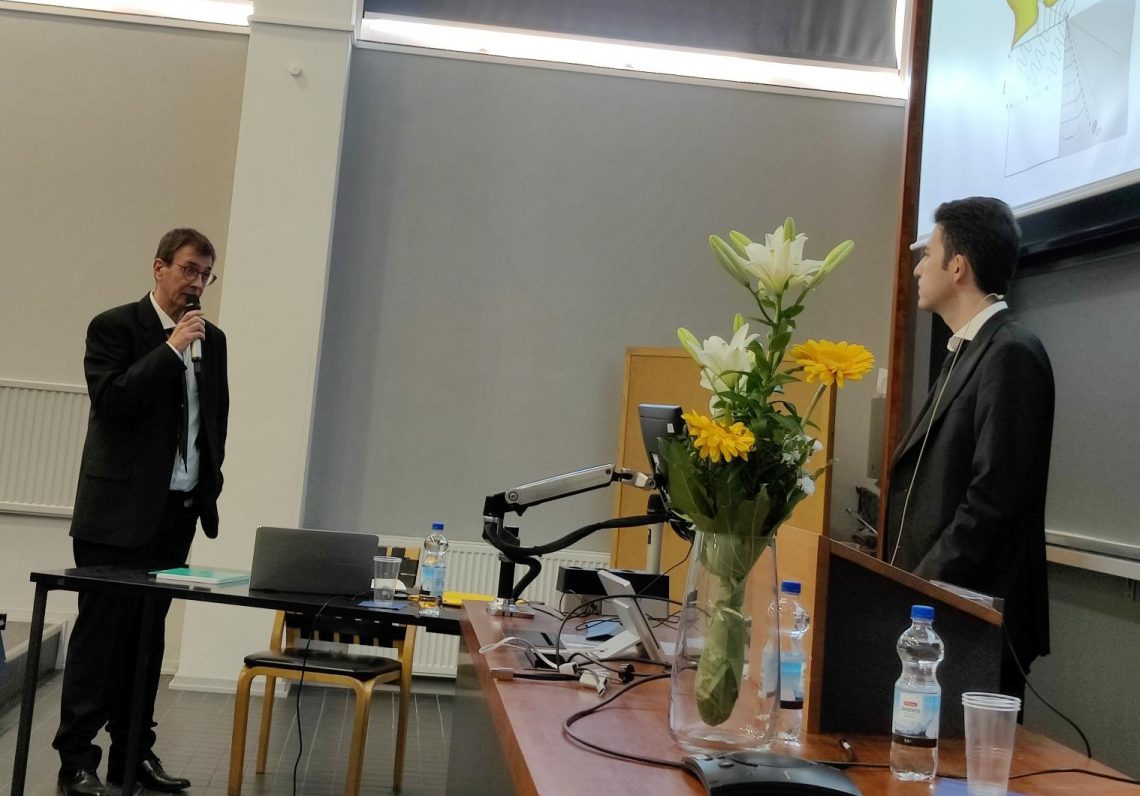MaCFP radiation modelling group
Since about two years, part of our team has been participating in planning and kick-off of the IAFSS Measurement and Computation of Fire Phenomena -working group on radiative heat transfer. This sub-broup was officially established in the third MaCFP meeting in Tshukuba, 2023.
The first activity of this group has been to prepare two benchmark simulation datasets using Particle Monte Carlo – Line-by-line modelling. Leading figures here have been Chandan Paul (now at NIST) and Prof Somesh Roy (Marquette Uni). I add below a snapshot of our recent poster in Combustion Institute meeting, presented by prof Fabian Brännström (Uni Wuppertal). These benchmark datasets were very recently published in Journal of Quantitative Spectroscopy and Radiative Transfer.
The idea of generating numerical benchmarks came from the observation that it is very difficult to perform detailed radiation measurements in fires or flames of relevant size. Also, when modelling the radiation phenomena, all the uncertainties of boundary conditions, fluid flow, turbulence, combustion, etc., will propagate to the radiation predictions and make it difficult to isolate the uncertainties that originate from radiation models themselves. By carrying out PMC-LBL and classical RTE solutions that are based on exactly the same scalar fields (temperature, concentrations), we should be able to isolate the sources of error.
Currently, we try use these datasets for validating non-gray gas phase radiation models for FDS. This work is carried out by Soroush Rashidzadeh in his doctoral thesis project. The FDS implementation will build on the analytical model comparison (also JQSRT), and the two-zone Turbulence-Radiation Interaction model, we published with Randy McDermott of NIST.













